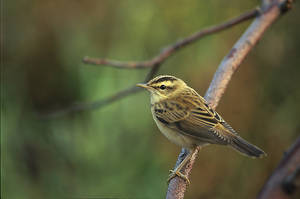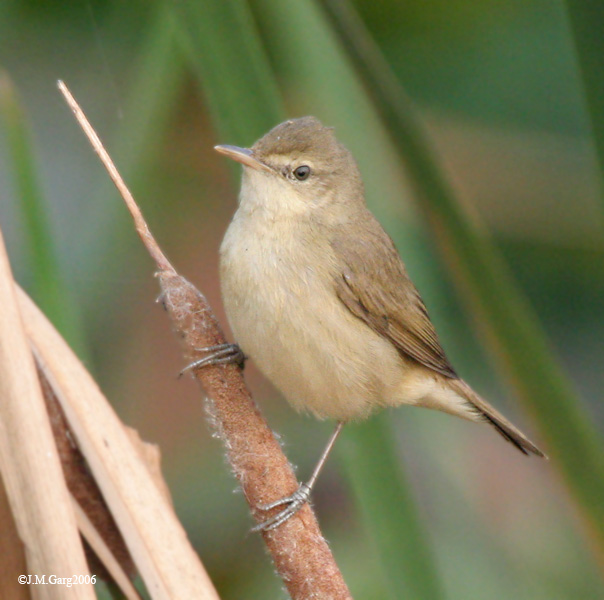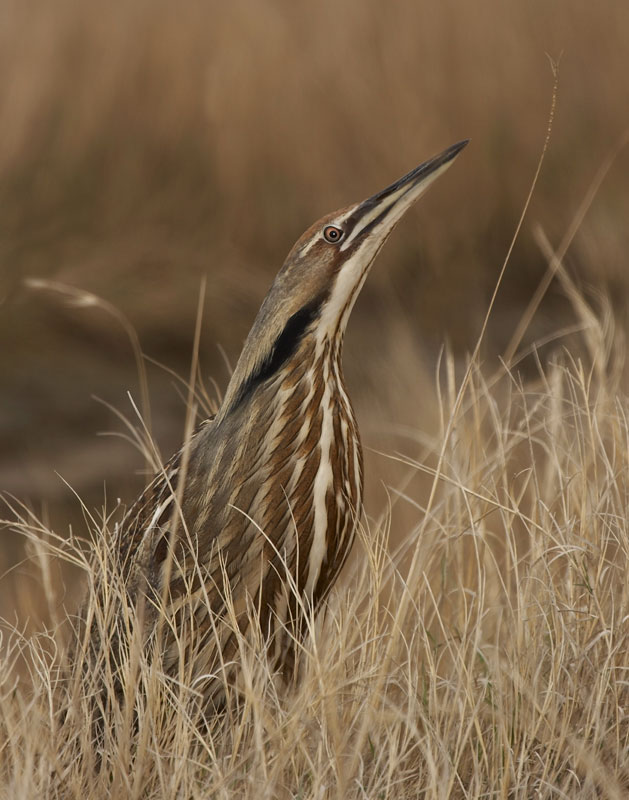Conserving Wetlands
Interview with
Chris - Now, even though people like
John Pygott are trying to create new wetlands as we've already heard, actually, wetlands are disappearing faster than rainforests. Chris Durdin works for the RSPB, they're trying to find ways to conserve wetlands even in the face of the changing climate so he's on the line with us now. Hello Chris.
Chris D - Hello there.
 Chris - Thank you for joining us. What are the numbers on losses of wetlands in the UK?
Chris - Thank you for joining us. What are the numbers on losses of wetlands in the UK?
Chris D - I was very struck by the parallels between the USA, the Humber and what's going on in the East of England. Taking the USA first, we're talking large areas of wetlands there in effect, a large delta. You could describe the wash and the fens as a huge delta. The losses there in the fens have been colossal over the years. 97% of all the wetlands have disappeared over last four hundred years.
Chris - It's down to us though isn't it?
Chris D - It's down to us. I think we're talking different time scales here. The big losses in the UK have happened already and I wouldn't like to downplay the existing effects from rising sea levels, water quality, water supplies, abstraction all those kinds of things - even built development. Broadly I think conservation here has moved in recent years onto the front foot. So we're looking now at putting back wetlands from areas where they've been lost. It's a very slow; it's a very expensive process. There's all kinds of bureaucratic hurdles as you might imagine but the process is beginning to happen.
Chris - When you put back a wetland or you create a new one along the lines of what John was talking about with Alkborough is that the same as wetland that's been there for four hundred years?
 Chris D - It won't be the same but it can be pretty similar. What's happening on the Humber has happened elsewhere in the Eastern counties. There's a scheme on a similar scale at Freestone shore on the Lincolnshire wash and that was a partnership project between the environment agency and the RSPB which is now managing that nature reserve and local authorities. [There are] several schemes in Essex, which is very intricate coast with low-lying areas and many miles of vulnerable sea walls. There's a particularly large project coming up in a place called Wallasea Island which is near Rochford, quite close to the Thames. Here on bits of the Crouch and Roach estuary there's an enormous arable island which bit-by-bit will become a wetland over the coming decades. Again the environment agency has a hand in that, so does the RSPB. These are complex, often multi-agency projects.
Chris D - It won't be the same but it can be pretty similar. What's happening on the Humber has happened elsewhere in the Eastern counties. There's a scheme on a similar scale at Freestone shore on the Lincolnshire wash and that was a partnership project between the environment agency and the RSPB which is now managing that nature reserve and local authorities. [There are] several schemes in Essex, which is very intricate coast with low-lying areas and many miles of vulnerable sea walls. There's a particularly large project coming up in a place called Wallasea Island which is near Rochford, quite close to the Thames. Here on bits of the Crouch and Roach estuary there's an enormous arable island which bit-by-bit will become a wetland over the coming decades. Again the environment agency has a hand in that, so does the RSPB. These are complex, often multi-agency projects.
Chris - So it looks like the future is one for people who need to be interested in birds. There's going to be more wetlands than we know what to do with. Why are they disappearing so fast?
Chris D - In the UK I think they're not going so fast. I'm pleased to say I think we're moving forwards into a new era now. There's various organisations in the fens which are creating new fenlands so the RSPB is doing it in several locations. We have a wetland at Lakenheath Fen which is about 300ha in size and that's been grown on former carrot fields. Now we get booming bitterns, we had cranes breeding there last year. It's a huge reed bed and other wetland complex.
Chris - Since you started to mention birds I was actually going to ask you that. When we have all these wetlands available what sorts of bird success stories have there been?
 Chris D - Lakenheath Fen is a very good example where we took it over as carrot fields with a few reeded ditches. There was a handful of pairs of reed warblers - six or eight - and now there are several hundred and the same goes for sedge warblers and reed buntings. I suppose it's the iconic wetland species like marsh harriers and bearded tits and bitterns we had to attract. Bearded tits and marsh harriers are back there Bitterns have been there but they haven't bred yet. They have exacting needs in terms of water quality and fish supply. If you can bring them in I think that's a very good indicator that the quality of the wetland is very high indeed.
Chris D - Lakenheath Fen is a very good example where we took it over as carrot fields with a few reeded ditches. There was a handful of pairs of reed warblers - six or eight - and now there are several hundred and the same goes for sedge warblers and reed buntings. I suppose it's the iconic wetland species like marsh harriers and bearded tits and bitterns we had to attract. Bearded tits and marsh harriers are back there Bitterns have been there but they haven't bred yet. They have exacting needs in terms of water quality and fish supply. If you can bring them in I think that's a very good indicator that the quality of the wetland is very high indeed.
Chris - Is it just a question of making the land right, getting the wetland there and then the birds just turn up by default or do you have to do anything else to get them back?
Chris D - Just getting the land right of course is never that simple and there's a whole range of things you have to put in place to do that. For a start you have to make sure that the surrounding areas are not threatened by your new wetland. You could imagine there's a whole range of hoops that you have to leap through. Just add water and get your wetland, well, not quite as simple as that. Certainly at Lakenheath Fen it meant planting several hundred thousand reeds. Most of the wildlife will turn up. One of the most extraordinary things there is that in a former piece of fenland which had been carrot fields for centuries, at various ranges of cultivation, there's an extraordinary seed bank there still remaining and many of the wetland plants have appeared. They're the building blocks and in come the invertebrates. We have introduced some fish there but the birds have all found their own way there themselves.
Chris - I suppose that's one benefit that birds can actually get to places because they have wings!
- Previous Wetlands for Flood Protection
- Next The Blackest Black










Comments
Add a comment